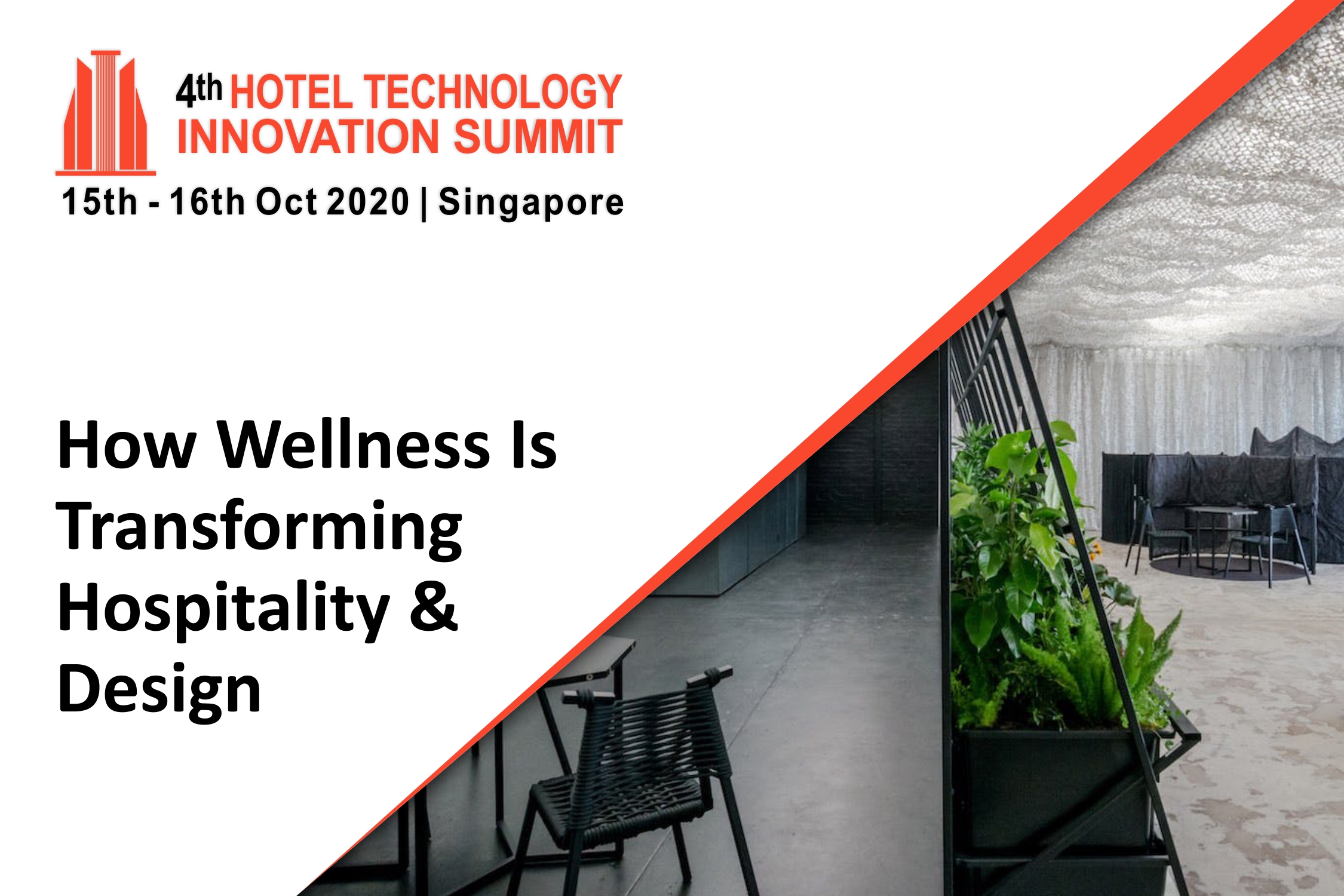
How
Wellness is Transforming Hospitality & Design
Key resort and spa trends:
- Wellness is becoming more than yoga and meditation; it’s becoming a sensory experience, on the basis that the more senses involved, the more memorable and beneficial the experience will be; for example, through sound bathing, yoga concerts, infrared saunas.
- Loneliness is a global epidemic, due in part to social media, technology and hot-desking making it easier to avoid real-life relationships and creating less face-to-face interaction. Wellness travel is becoming more about bringing people together to create a community; for example, through communal tables, workshops and discussions.
- Nutrigenomics is the study of how genes and food interact, and it allows guests to see which foods they need more or less of in order to attain optimal health. Moving forward, resorts and spas will have access to technology which can recognize an individual’s nutritional profile and provide dietary recommendations, ensuring truly personalized cuisine to each guest.
Design:
- Development of buildings – especially hotels – which make occupants both healthier and happier, is growing significantly. Sensory management is a key component of wellness design, with consideration given to the careful control of light (for example circadian lighting, to control mood and body clock), temperature, air quality and noise.
- Direct and indirect exposure to nature has proven to have significantly positive impacts on people’s mental and physical health – this has resulted in a sharp rise in biophilic design, the resulting emerging style which brings nature indoors, which WATG predicts will become a basic philosophy throughout the hotel sector. This design style is created not just by bringing greenery and gardens indoors, but via seamless transitions between indoors and outdoors (eg. Soneva Jani offers villas with retractable roofs, allowing guests to watch the stars instead of TV).
- Wellness and sustainability are two sides of the same coin. Hotel resorts are increasingly making true commitments to sustainability without compromising on comfort and luxury, offering true eco-integrity and allowing guests to refocus on improving human health and giving back to their planet; for example, Lefay Resort & Spa in Lake Garda, became the first hotel in Southern Europe to receive the Green Globe certification.
- If a site does not already benefit from natural energy (Two Bunch Palms is built on an energy fault line, with staff adamant that they are able to incorporate the positive energy into the experience) Feng Shui and Vaastu Shastra are claimed to maximize such energy between humans and the places they inhabit – Claudia Wagner, Manager of Spa Dreams, reports that clients are increasingly searching for resorts aligned with these philosophies.
Local Elements:
Creating a space that can simultaneously promote relaxation and wellness as well as stand up to the elements can be somewhat of a balancing act—but using local materials can make things easier. The central courtyard at the Well & Being spa at the Fairmont Scottsdale Princess in Scottsdale, Ariz., was designed to evoke Arizona’s Havasupai Falls using indigenous sandstone, native plants and a real waterfall that can be incorporated into treatments.
Outdoor Logistics:
Depending on the environment, outdoor spa treatments can be arranged with products hotels already have on hand. Mobile treatment tables can be brought outside and then back in again when the session is done, Gilbert suggested, and pool-style cabanas can provide shade (and privacy) for guests and therapists.
Register the Conference Now (at) 4th Hotel Technology Innovation Summit (HTIS)
Write us to Connect
Follow us on Twitter
Connect us on Linkedin
Like us on Facebook
Follow us on Instagram
For More Events Click Here
Brainlinx






















